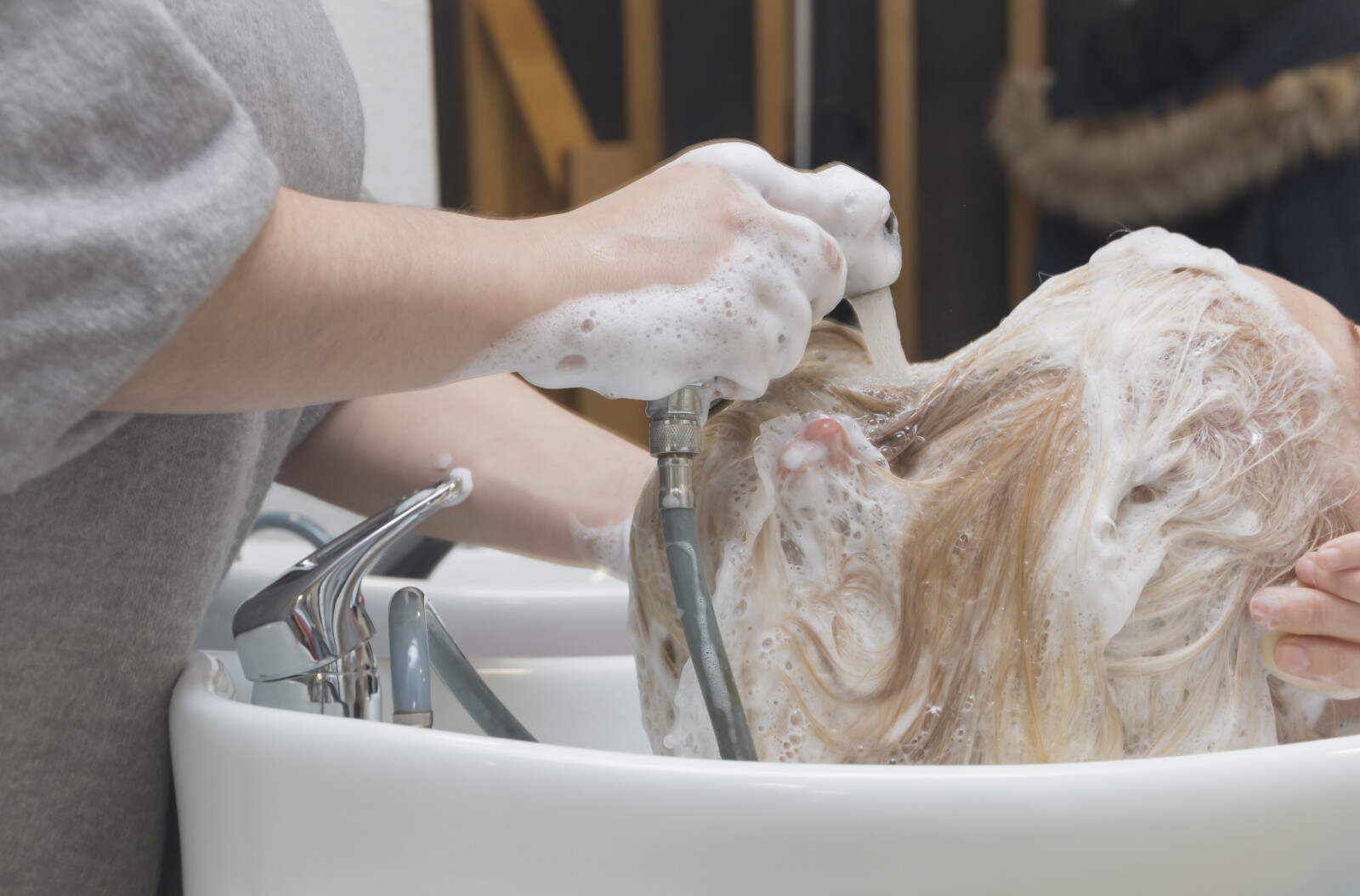Looks that Could Kill: The Hidden Harms of Hair Straighteners
Naheed Ali, MD, PhD

Your hair is often referred to as your "crowning glory" because it reflects your state of health and grooming habits, with this phrase often used to describe hair that is thick, shiny, and well-groomed. Your hair is also an important part of your identity and can be a way for you to express yourself and your personal style.
One of the most timeless hairstyles is the sleek, straight look, and it has remained popular throughout the years for a variety of reasons. Straight hair is often associated with a clean, polished, and professional look, making it a voguish choice for formal occasions, business settings, and other scenarios where a refined appearance is desired. Straight hair can also be worn in a variety of ways, from simple and understated to more dramatic and attention-getting. This versatility has contributed to its popularity, as people can choose to wear their straight hair in a way that best suits their personal style and the occasion.
It is no surprise, then, that hair-strengthening products may be a common find in any person’s vanity. What may come as a rude awakening, however, is that many of the products designed for making hair straight have been found to be damaging and carry the risk of cancer. In this article, we discuss what these chemicals are, and how they can affect your health.
How hair straightening products affect your health
Hair straighteners can take a toll on your health through the heat applied during the straightening process as well as the chemicals used. High heat can damage the hair and scalp, leading to dryness, breakage, and irritation. Prolonged or frequent use of hair straighteners at high temperatures can also elevate the risk of heat-related injuries, such as burns.
The heat generated by hair straighteners can cause the cuticles (the outer layers of the hair) to lift and open, which can make the hair more vulnerable to damage and more susceptible to the compounding effects of chemicals. These chemicals can be detrimental when inhaled or come into contact with the skin in sufficient amounts, and long-term exposure may have more serious health effects down the road.
Endocrine-disrupting chemicals (EDCs) are an example of such chemicals. They are substances that have the potential to interfere with the normal functioning of the endocrine systems, which may boost the risk of hormone-sensitive cancers such as uterine cancer. This is because EDCs can alter the levels of hormones such as estrogen and progesterone and affect the way that cells in the uterus grow and divide, which all play a role in the development of cancer.
Carcinogens are another example. A carcinogen is a substance that is known to cause cancer through its effects on DNA or other genetic material in cells. When DNA is damaged, it can lead to mutations (changes) in the genetic material of a cell. These mutations can cause the cell to grow and divide in an uncontrolled way, leading to the formation of a tumor.
Formaldehyde—classified as a human carcinogen by the International Agency for Research on Cancer (IARC)—can be found in some hair straightening products for its ability to help smooth and straighten the hair. When applied to the hair, formaldehyde can make the hair fibers more flexible and easier to manipulate. This can make it simpler to straighten the hair and help the style last longer. Formaldehyde is also a preservative, which means it can stretch the shelf life of hair care products.
Findings from the NIEHS Sister Study
The NIEHS Sister Study is a large-scale, long-term research study that commenced in 2004 and is being conducted by the National Institute of Environmental Health Sciences (NIEHS). The study, which involves sisters of known cancer cases as participants, has been orchestrated to understand how genetics and environmental exposures affect the health of women, particularly with regard to cancer. It also permits researchers to control many other factors that can affect cancer risk, such as age, race, and family, thus providing more accurate and reliable results.
The Sister Study found that uterine cancer was more than twice as likely to develop in women who used hair straightening products more than four times in a year as compared to women who did not. Although no data was gathered about particular brands or ingredients, the research took note of a number of substances contained in straighteners that may help explain the elevated cancer risk. These include EDCs and formaldehyde, as well as parabens, phthalates, bisphenol A, and metals.
Despite the fact that the study did not identify a discrepancy in uterine cancer incidence according to race, the negative health impacts may be more severe for African American women due to a higher prevalence and earlier initiation of usage. This means that Black women, who begin using these products at an earlier age and who use them more frequently, may find these results more meaningful and pertinent.
You might be wondering if having your hair done professionally can alleviate or completely avoid these risks. The use of straightening products, both at home and in salons, has been reported to have negative impacts, according to the California Department of Toxic Substances Control (DTSC). But among women who used these items outside of a salon or any professional setting, the risk of cancer rose. This may be because people who use do-it-yourself straightening kits are more likely to not use the product exactly as directed and because home ventilation may not be as optimal as that in salons.
Grounds for legal claims
The legal claims that consumers may have for hair straighteners that contain harmful chemicals will depend on a number of factors, not excluding the specific laws and regulations that apply in their jurisdiction and the specific facts of the case. In general, consumers may be able to pursue legal action if they can show that they were injured or suffered damages as a result of handling a hair straightener product that has harmful chemicals.
One potential legal claim that consumers may have in these circumstances is a claim for product liability. Product liability is a legal theory that holds manufacturers, distributors, and other parties in the supply chain responsible for injuries or damages purveyed by defective or perilous products.
If the hair straightener was covered by a warranty and the manufacturer or seller failed to honor the terms of the warranty, the consumer may have a claim for breach of warranty. If the manufacturer or seller made false or misleading statements about the safety or quality of the hair straightener or concealed information about the presence of harmful chemicals, the consumer may have a claim for fraud. If they failed to exercise reasonable care in the design, testing, or labeling of the product, and this failure caused the consumer's injuries or damages, the consumer may have a claim for negligence.
If you believe you’ve been injured or have suffered damages owing to a hair straightener that contained harmful chemicals, you may want to consult with an attorney to discuss your legal options. An attorney can review the specific facts of the case and advise you on the most favorable course of action.
About the Author
Dr. Ali is a medical journalist and copywriter at HealthcarePropulsion.com.
Dr. Ali is a medical journalist and copywriter at HealthcarePropulsion.com.




